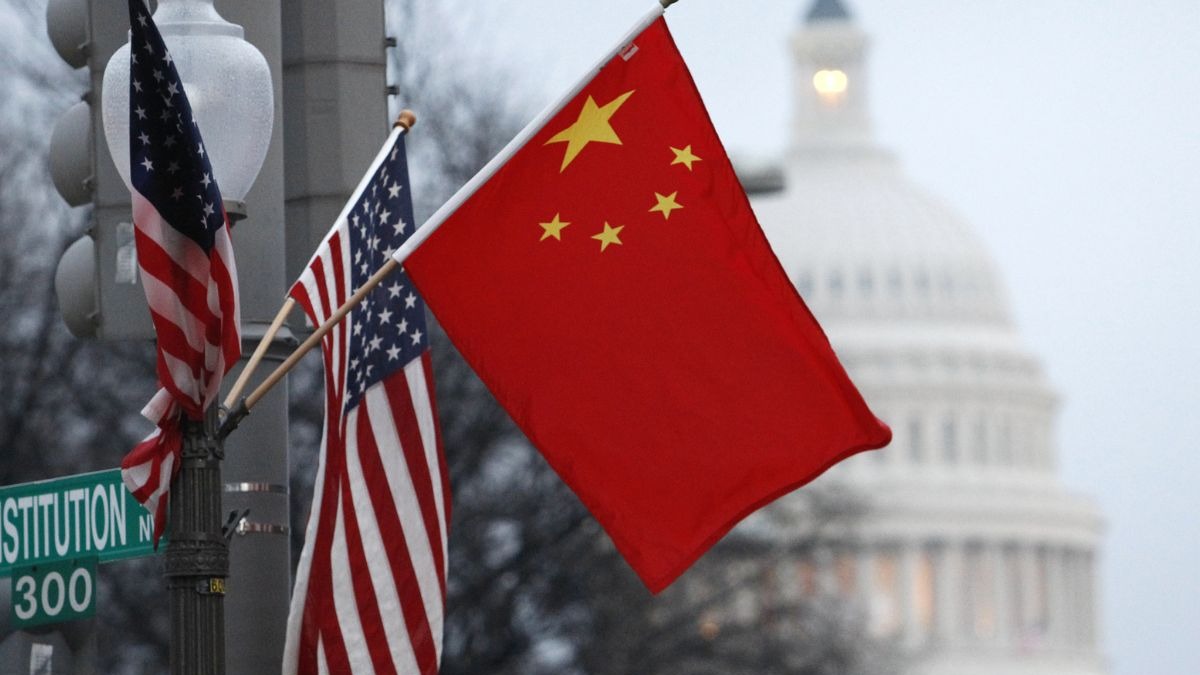The U.S.-China technological rivalry has entered a new phase, marked by a controversial yet pragmatic deal brokered by former President Donald Trump in 2025. This agreement, which allows Nvidia and AMD to sell advanced AI chips to China in exchange for a 15% revenue-sharing fee to the U.S. government, represents a seismic shift in export control policy. For investors, the implications are profound: a delicate balance between near-term market access and long-term geopolitical risks, with semiconductor giants and their Chinese counterparts navigating a rapidly evolving landscape.
The Trump Model: A Transactional Trade-Off
The 15% revenue-sharing agreement, confirmed by the White House and reported by Reuters and the BBC, grants Nvidia and AMD access to China’s $1.2 trillion AI market. This deal involves chips like Nvidia’s H20 and AMD’s MI308, designed to comply with U.S. export restrictions while still offering high-performance capabilities. For Nvidia, the H20 chip alone could generate $7 billion in quarterly sales, though the 15% fee reduces its net proceeds by $1.05 billion per quarter. AMD’s MI308, projected to yield $3–5 billion annually, faces a similar $450 million to $750 million annual cut.
While these figures suggest a short-term boost in revenue, the arrangement introduces a critical vulnerability: the U.S. government’s financial stake in China’s AI infrastructure. Critics argue this creates a perverse incentive to prioritize economic gains over national security, potentially normalizing the monetization of strategic technology. The deal also raises legal questions, as constitutional scholars debate whether the 15% fee constitutes an illegal export tax.
Geopolitical Risks: Erosion of U.S. Technological Dominance
The Trump administration’s approach reflects a transactional mindset, but it risks accelerating China’s self-sufficiency in semiconductor design and manufacturing. Chinese firms like Huawei and SMIC have already made strides in producing advanced chips, while state-backed entities such as Biren Technology are developing GPUs to replace U.S. offerings. Alibaba’s RISC-V-based C930 CPU and Peking University’s carbon nanotube chip breakthroughs further underscore China’s capacity to innovate without U.S. technology.
Moreover, the 15% fee may inadvertently fund China’s AI ambitions. By allowing access to U.S. chips, the deal could enable Chinese firms to reverse-engineer designs or integrate them into hybrid systems, reducing reliance on American suppliers. This dynamic mirrors the 2023 Huawei case, where the company used shell companies to acquire restricted chips, and the 2025 smuggling ring “Luxuriate Your Life,” which bypassed export controls to import Nvidia GPUs.
Investment Implications: Balancing Access and Exposure
For investors, the key question is whether the 15% fee is a temporary cost or a structural drag on profitability. Nvidia and AMD’s gross margins—70% and 50%, respectively—suggest they can absorb the fee in the short term, but long-term risks loom large. The Trump model’s sustainability hinges on U.S.-China trade relations, which remain volatile. A return to Biden-era export restrictions or a shift in Trump’s policies could abruptly end the revenue stream, compounding financial risks.
Chinese chipmakers, meanwhile, are emerging as formidable competitors. ChangXin Memory Technologies’ 5% global DRAM market share and SMIC’s 7nm production capabilities signal a shift in the industry’s power dynamics. For investors, this means diversifying exposure beyond U.S. firms to include Chinese innovators like SMIC and Huawei, though geopolitical tensions and U.S. sanctions remain hurdles.
Strategic Recommendations for Investors
- Short-Term Play: Invest in U.S. semiconductor firms with strong U.S. government contracts (e.g., NVIDIA’s $500 billion AI server initiative) to capitalize on near-term revenue gains.
- Long-Term Hedging: Allocate capital to Chinese chipmakers with proven self-sufficiency, such as SMIC and Huawei, while monitoring U.S. policy shifts.
- Diversification: Consider open-source semiconductor architectures (e.g., RISC-V) as a hedge against U.S. export controls, given their growing adoption in China.
- Risk Mitigation: Track legal challenges to the 15% fee and geopolitical developments, such as the August 12, 2025, expiration of the U.S.-China trade truce.
Conclusion: A High-Stakes Gamble
Trump’s revenue-sharing model is a double-edged sword. It secures immediate market access for U.S. firms but risks eroding the very technological edge that underpins their dominance. For investors, the path forward requires a nuanced understanding of both the financial and geopolitical chessboard. As China’s semiconductor ecosystem matures and U.S. policies oscillate between pragmatism and protectionism, the winners will be those who adapt to the new reality of a bifurcated global tech landscape.


